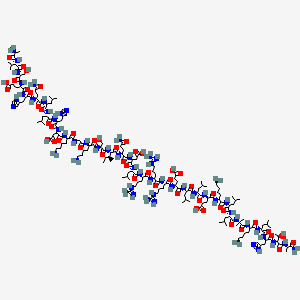Could a slippery glob of algae hold the key to the next anti-cancer drug? According to new research into a compound produced by a unique community of blue-green algae, the answer could be yes.
The compound in question is called coibamide A, discovered eight years ago by scuba-diving scientist Kerry McPhail, Ph.D., of Oregon State University. A new study shows coibamide A has potent anti-cancer activity in mice and cell cultures that model brain tumors and triple negative breast cancer, two of the most aggressive and difficult-to-treat types of cancer.
"The chemical diversity found in nature has always been a significant source of inspiration for drug design and development, but although the medicinal properties of plants have been recognized for thousands of years, marine environments remain relatively unexplored," said Jane Ishmael, Ph.D., associate professor of pharmacology at Oregon State University and the lead author of the new study. "We think that with this compound, nature has already found a way to target some of the specific proteins that are relevant to the growth of tumors."
Ishmael will present this research at the American Society for Pharmacology and Experimental Therapeutics Annual Meeting during Experimental Biology 2016.
McPhail, who specializes in blue-green algae and dives all over the world in search of interesting species, collected the algae during a dive in Panama's Coiba National Park. It turned out to be a mash-up of at least three algal species that grow together on rocks in areas with fast-moving water. In addition to Panama, similar algal communities has been found in the Red Sea and off the coast of South Africa. Blue-green algae, or cyanobacteria, have existed for at least two billion years and are one of the oldest life forms on Earth.
After McPhail isolated coibamide A from the original algal specimen, it was run through a National Cancer Institute screening system that looks for potential anti-cancer activity across 60 different types of cancer. Coibamide A showed a pattern of activity unmatched by any other compound, suggesting it might be able to fight cancer through a mechanism of action unlike that of any existing drug.
Compound from unique blue-green algae could be key to next anti-cancer drug: Could a slippery glob of algae hold the key to the next anti-cancer drug? According to new research into a compound produced by a unique community of blue-green algae, the answer could be yes.













